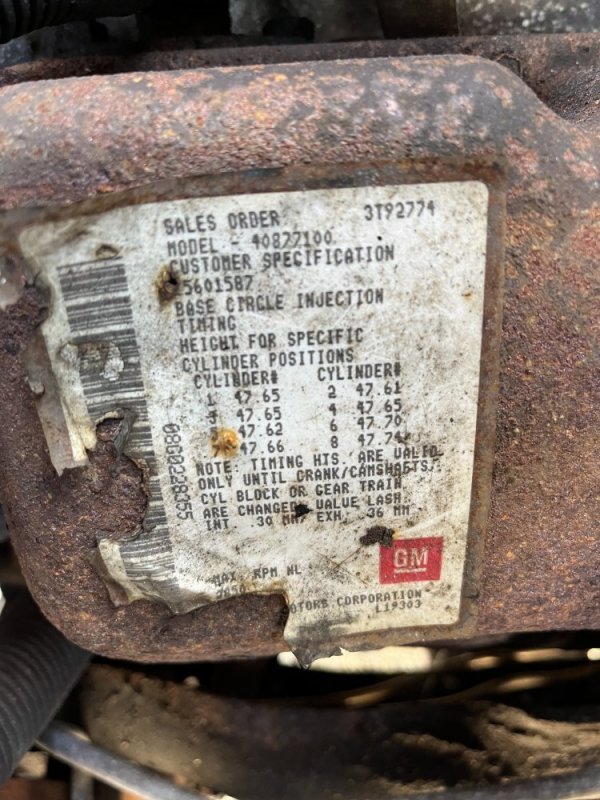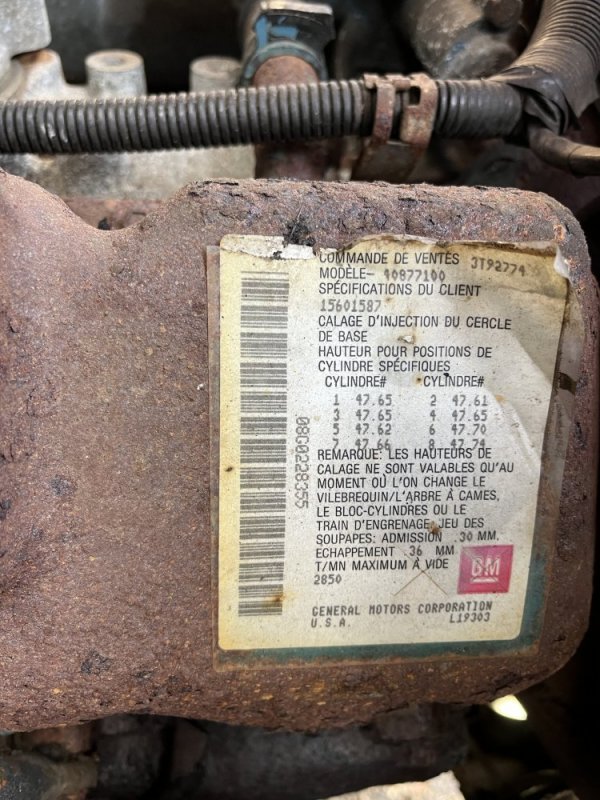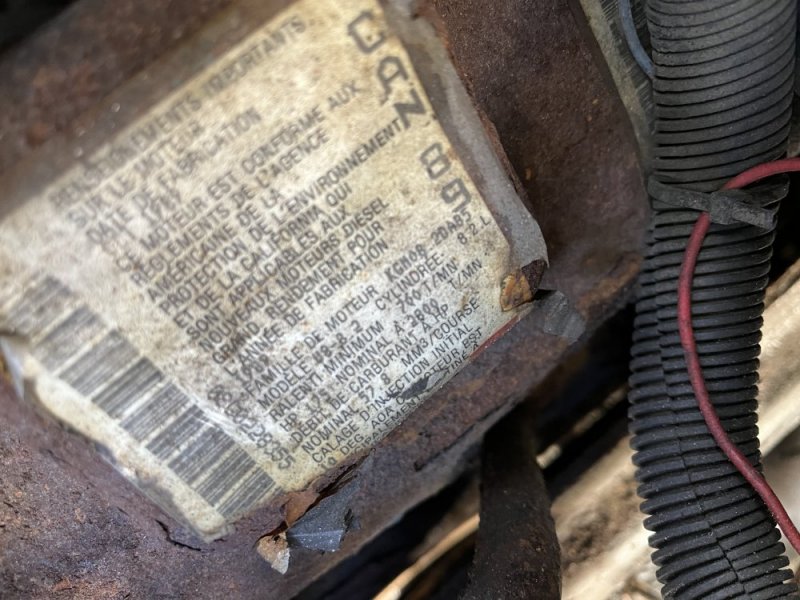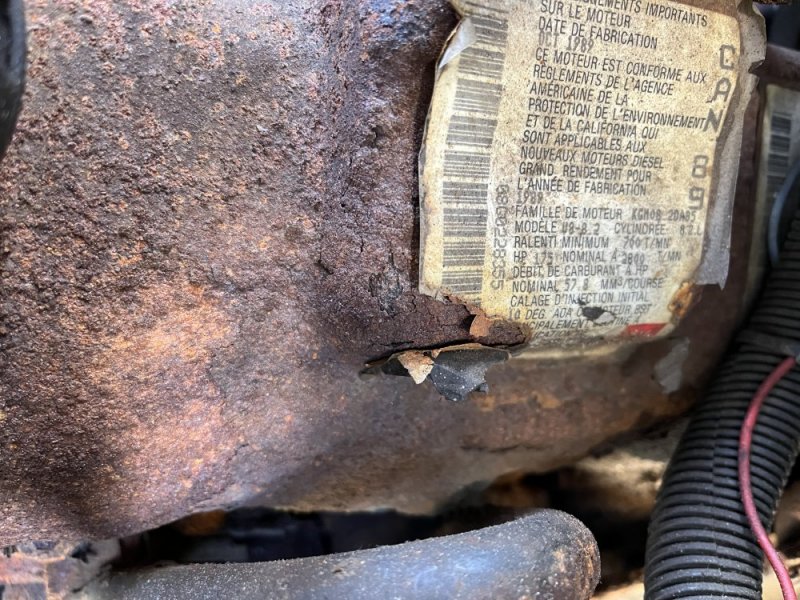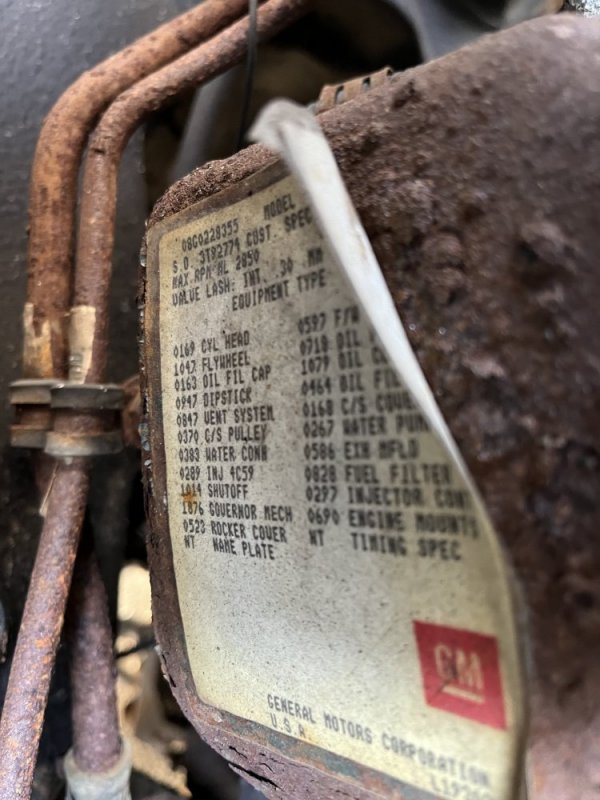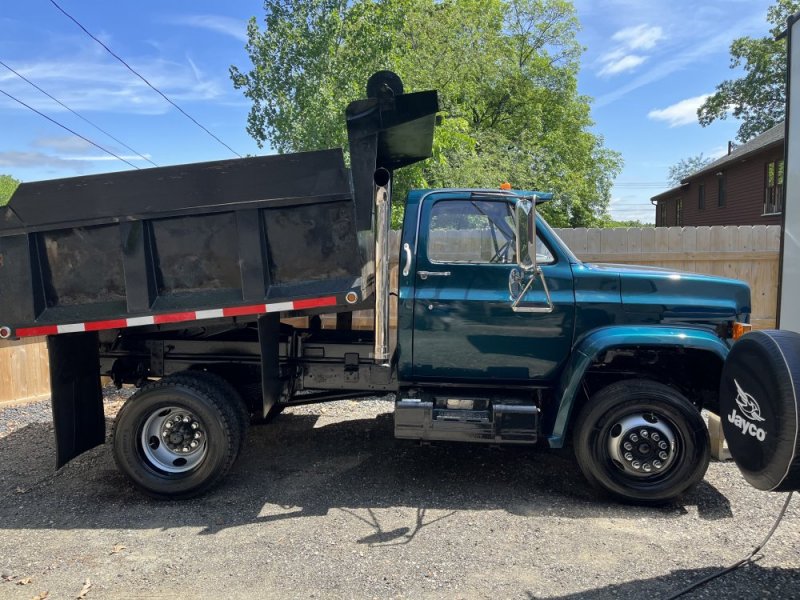
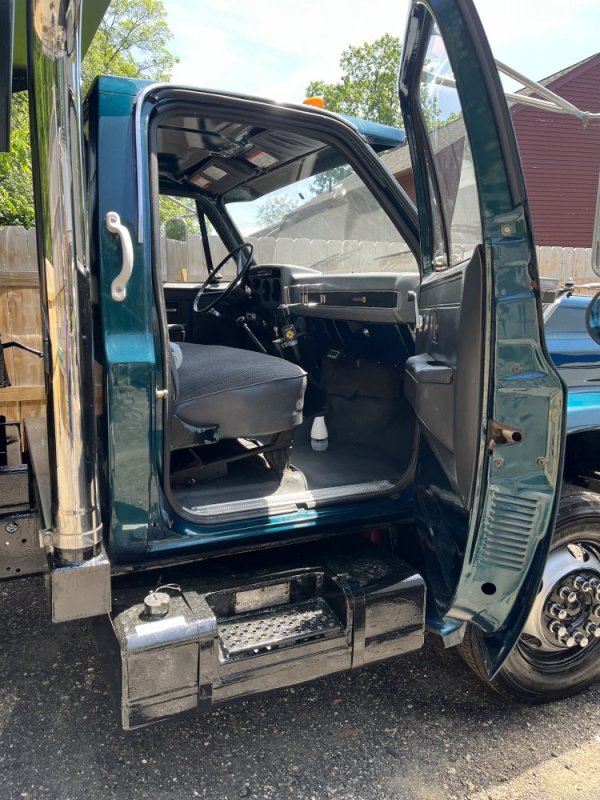
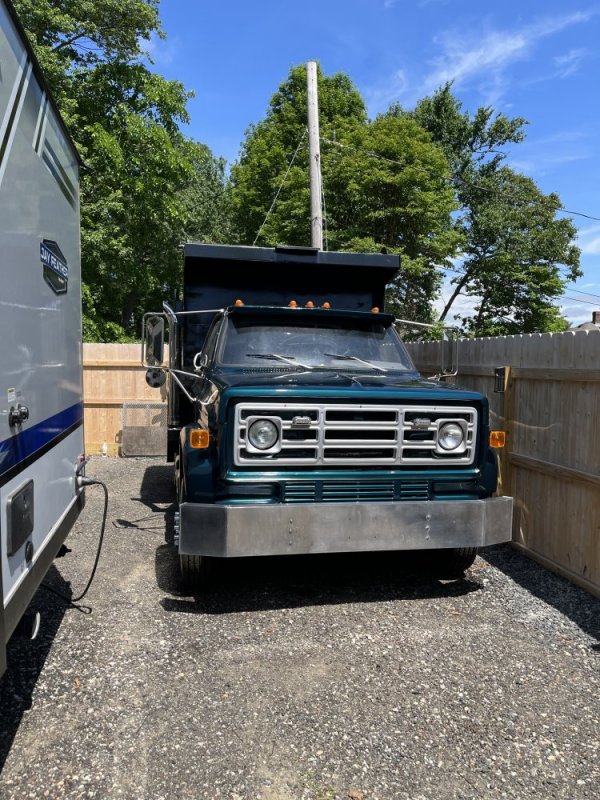
Hi everyone. I just bought this for weekend use on my New Hampshire property. I didn’t know anything about an older Detroit diesel until after I made the purchase and started researching these engines. It has an 8.2 with some Canadian labels that look like a remanufactured deal in 1989? Anyway, it runs great, I changed the fluids with recommended correct oil, coolant, etc. Hoping for good luck with it.

